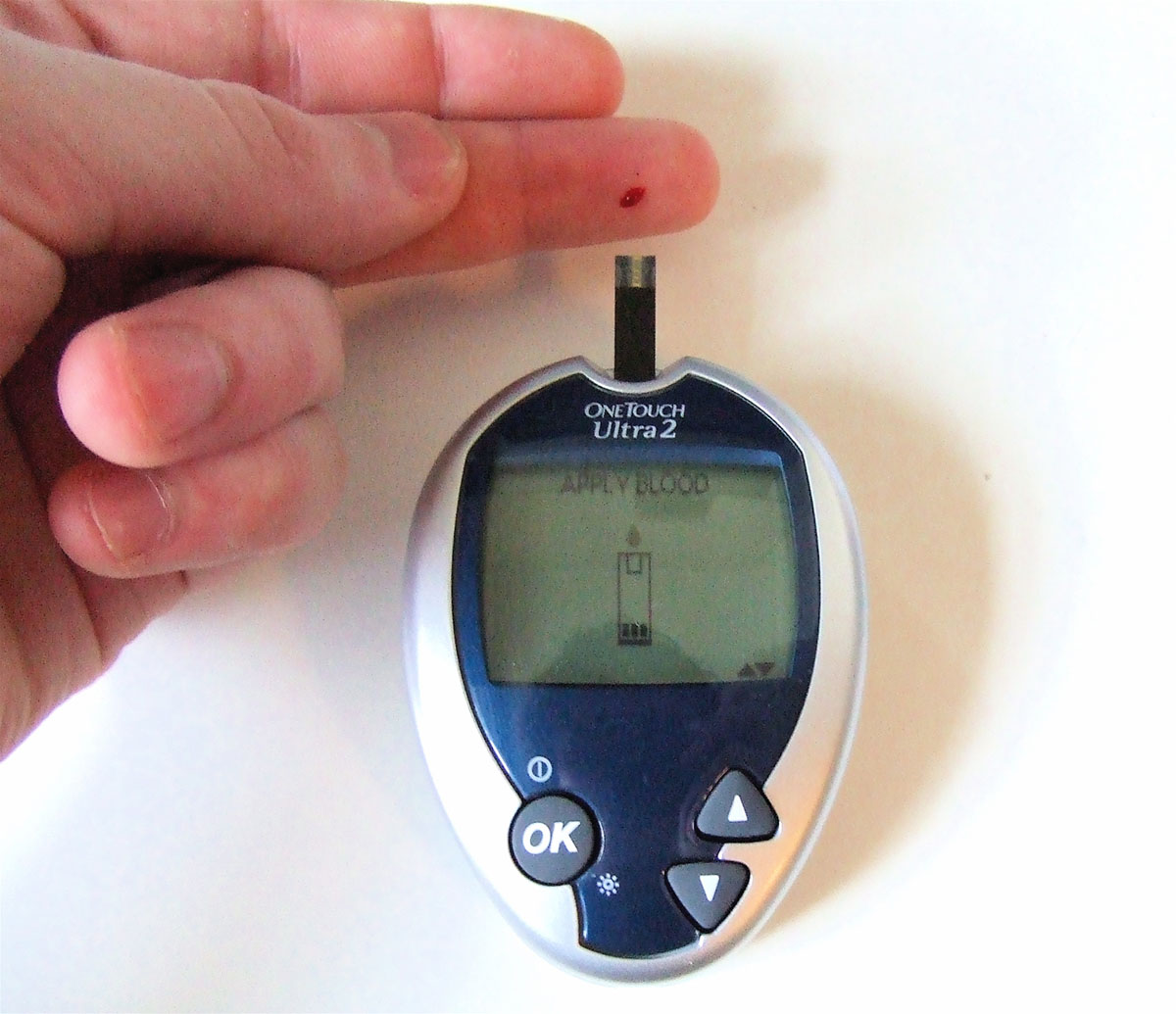
Glucose is the primary source of energy in humans. This is a type of sugar obtained from carbohydrates. Carbohydrates are normally digested in the gastrointestinal tract. Humans obtain most of the glucose from a variety of foods such as rice, pasta, grains, potatoes, fruits, processed sweets and a few vegetables. Thanks to certain enzymes all the carbohydrates are properly broken down into glucose which after being absorbed enters the blood and is transferred to all the cells in the body.
Once the glucose enters the blood stream it is regulated by insulin, a hormone secreted by the pancreas. Insulin allows glucose to enter the body cells and supply them with energy. Excess of glucose is stored in the liver in a form of glycogen.
It is essential for body to maintain proper levels of glucose in the blood. This way all the body cells are well supplied with necessary energy and there is no chance of any imbalances and potential complications related to insufficient amount of glucose or it's excess.
High Blood Sugar
Whenever the level of glucose is elevated this condition is known as hyperglycemia. On the other hand, if there is not sufficient amount of glucose in the blood the condition is known as hypoglycemia.
Excess of glucose is typical for diabetes, type 1 and type 2. In type 1 diabetes the pancreas does not secrete insulin and the body simply cannot transfer glucose into cells. This leads to increase in sugar levels in the blood. In type 2 diabetes there may be sufficient amount of insulin but it is not capable to send glucose into the body cells and once again the level of glucose in the blood rises. Both of these conditions lead to serious complications if left untreated or if treated inadequately.
Measuring Blood Sugar
Blood sugar levels are easily measures by a blood glucose meter. This device is also known as glucometer. To measure blood sugar levels tiny drop of blood is taken from a finger and placed on a test strip. This test strip is then inserted into the glucometer and the device measures the concentration of glucose in the sample. Within seconds the exact digit is displayed on the device.
Patients suffering from diabetes are due to use glucometers on daily bases. This way blood sugar levels are under constant scrutiny and patients can successfully avoid both, hyperglycemia and hypoglycemia and adapt intake of insulin. These people normally have fluctuations of blood sugar levels and only if they stick to prescribed dietary regime, take prescribed amount of insulin or oral antidiabetic medications the disease can be controlled and potential complications avoided.


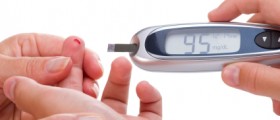
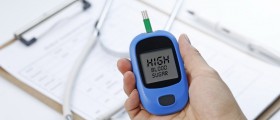
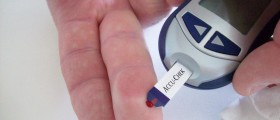

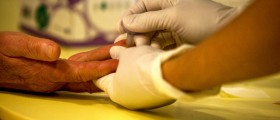


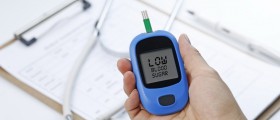

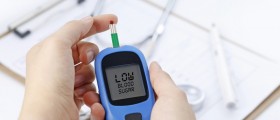

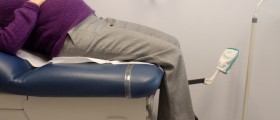

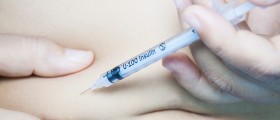

Your thoughts on this
Loading...